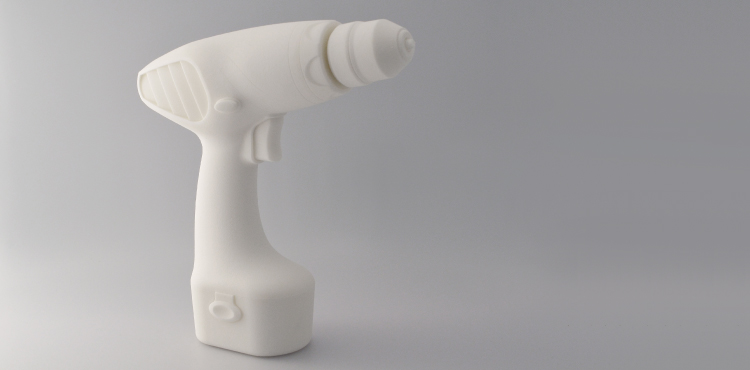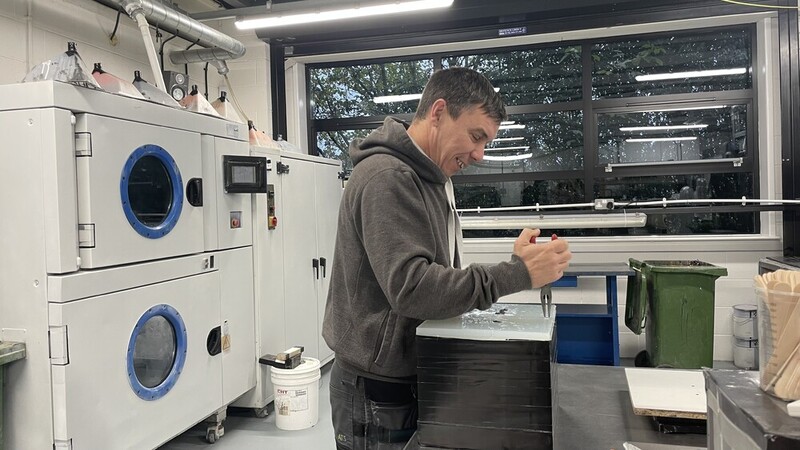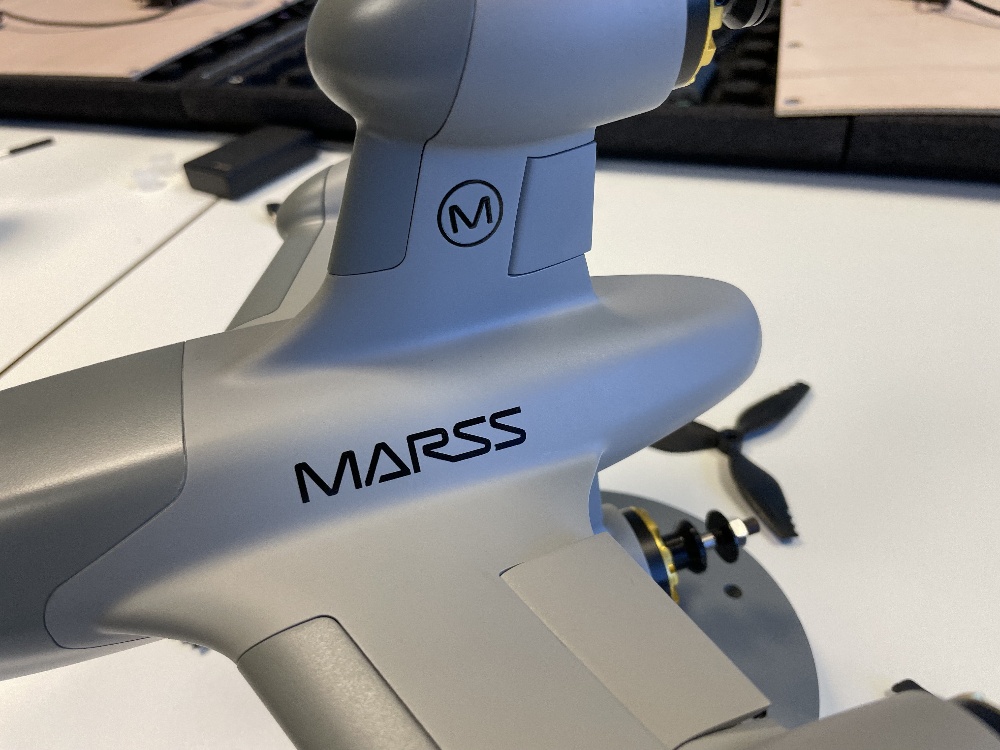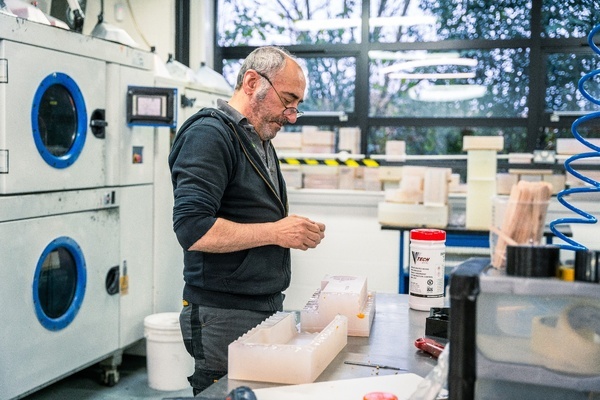What is Rapid Prototyping?
Rapid prototyping quickly produces a part, assembly or model from a CAD file using manufacturing techniques such as 3D printing. Two types of prototypes include low fidelity and high fidelity. Low fidelity is when the prototype has a significant marked difference from the final proposed product and a high fidelity prototype is where the design closely resembles the final product.
Rapid prototyping can be used to validate designs & multiple iterations can be produced at an effective cost throughout the product development journey. It is the most effective method to spot and eliminate any errors early on. They are a popular option within product design teams in industries such as automotive, medical, aerospace, defense and consumer goods.
What is a Prototype? Vs a Rapid Prototype
A prototype is a version of the end-product that is used to evaluate design effectiveness and contribute to the final product specifications that will be engineered. A rapid prototype is one that is produced quickly to functionally or visually test designs.
Types of prototypes
Different product specifications will require different types of prototypes. These include:
- Form Visual Prototypes
- Fit Prototypes
- Functional Prototypes
- Engineering Prototypes
Visual Prototypes
 These prototypes allow you to review visual aesthetics as well as dimensions of a part to ensure accuracy. Typically, these prototypes are produced using 3D printing technologies including SLS & SLA. Closer inspection of panels and enclosures are available through visual prototyping, this saves on design costs due to the repeatability of visual builds.
These prototypes allow you to review visual aesthetics as well as dimensions of a part to ensure accuracy. Typically, these prototypes are produced using 3D printing technologies including SLS & SLA. Closer inspection of panels and enclosures are available through visual prototyping, this saves on design costs due to the repeatability of visual builds.
Fit Prototypes
Fit prototypes enable assemblies to be tested and tolerances to be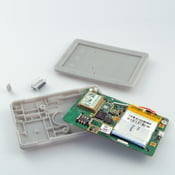 checked. These enable validation within designs as everything from snap-fits, interlocking parts, holes & fixtures can all be tested before going into the next stage of product development.
checked. These enable validation within designs as everything from snap-fits, interlocking parts, holes & fixtures can all be tested before going into the next stage of product development.
Functional Prototypes
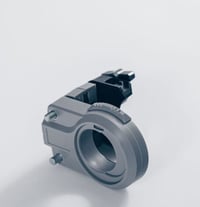 Designing a product with a functional purpose is made easy through cost-effective rapid prototyping. Functional prototypes can be built to assess locking devices, flexible lugs, jigs & fixtures, snap-fits and more.
Designing a product with a functional purpose is made easy through cost-effective rapid prototyping. Functional prototypes can be built to assess locking devices, flexible lugs, jigs & fixtures, snap-fits and more.
Engineering Prototypes
Engineered products require complex assembly & it is vital that these are funcitonal, working efficiently and have no issues when it comes to mass manufacture. Rapid prototyping enables mechanical products to be accurately & quickly tested against their specification to eliminate errors within the final stage of product development.
_Nidec_Motor.jpg?width=200&height=200&name=Apperance_general_02(1)_Nidec_Motor.jpg)
These designs can be retested through numerous iterations of 3D printed prototypes. The wide range of materials within SLS & SLA 3D printing means that different properties can be achieved to get a high fidelity working prototype.
Rapid Prototyping Technologies
Choosing a technology to produce a prototype depends on the application & desirable factors required. Each additive manufacturing & casting technique has different features.
If you’re unsure of which technology to use for your prototype, get in touch with our experts who can appropriately advise and recommend.
Selective laser sintering (SLS) - A powder bed fusion 3D printing technique which builds a part layer by layer from nylon-based powder that is then fused together by a laser. Ideal for functional prototypes, fit & jig and fixtures.
Stereolithography (SLA) - A resin 3D printing service which cures resin layer by layer with a laser. Ideal for visual prototypes.
Multi Jet Fusion (MJF) - Another powder bed fusion additive manufacturing technique in which fusing and detailing agents are applied to powder that is then fused together by heating elements. Another good application to use for functional rapid prototypes.
Vacuum Casting – A SLS or SLA master is created and a silicone mould is created from it. Polyurethan resin is then poured into the tool under vacuum to produce the part. Ideal for all prototypes including engineering.
Rapid Prototyping Services
To learn more about the rapid prototyping services we offer, click here. Our team have over 20+ years of working within additive manufacturing & casting, offering our customers everything from simple visuals to mechanical engineering prototypes and aiding them with batch production after validation.
Need a prototype? Submit your CAD file & specifications here.
